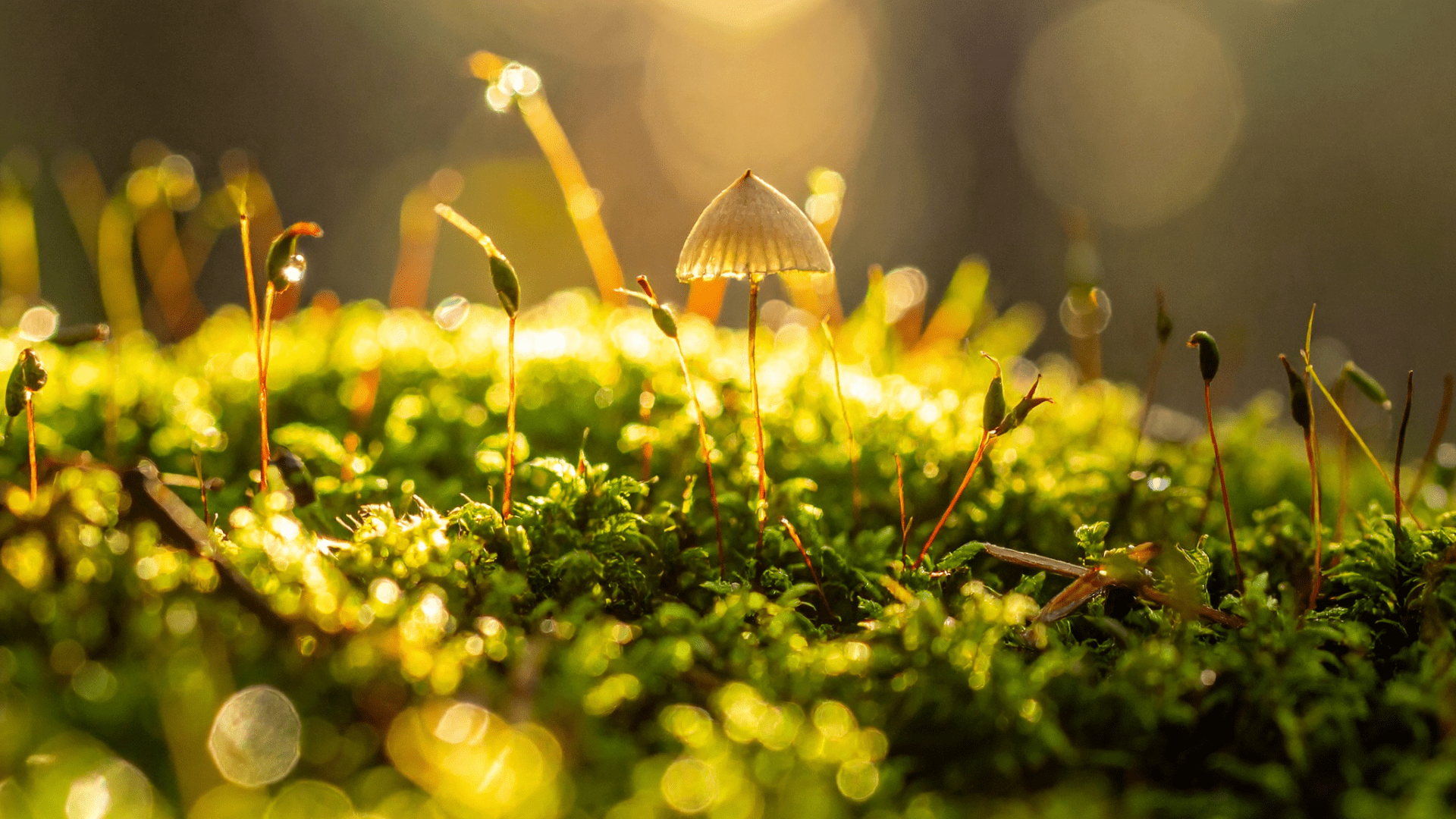The 2025 Royal Observatory Greenwich’s ZWO Astronomy Photographer of the Year Awards showcased several stunning and inspiring photos of space phenomena. Here are some of the winning images and the stories behind them.
“The Andromeda Core”

The Overall Winner Prize was secured by this image and the photographers: Weitang Liang, Qi Yang, and Chuhong Yu. The photo, which was captured in Nerpio, documents the core of the Andromeda Galaxy (M31) in stunning detail. Using a long focal-length telescope, the photographers focused on showcasing the intricate structure of the galaxy’s central region and the encompassing stellar population.
‘The Andromeda Core’ reveals an astonishing level of detail that truly took my breath away,” Sam Wen, Founder and CEO of ZWO, said in a statement. “Achieving such clarity and depth requires not only top-tier astronomical equipment and exceptional seeing conditions, but also a tremendous amount of patience and perseverance. It’s clear that behind this image lies a dedicated team whose persistent effort and collaboration made this masterpiece possible. A brilliant capture of one of our closest galactic neighbours—congratulations on this outstanding achievement!”
“Crown of Light”
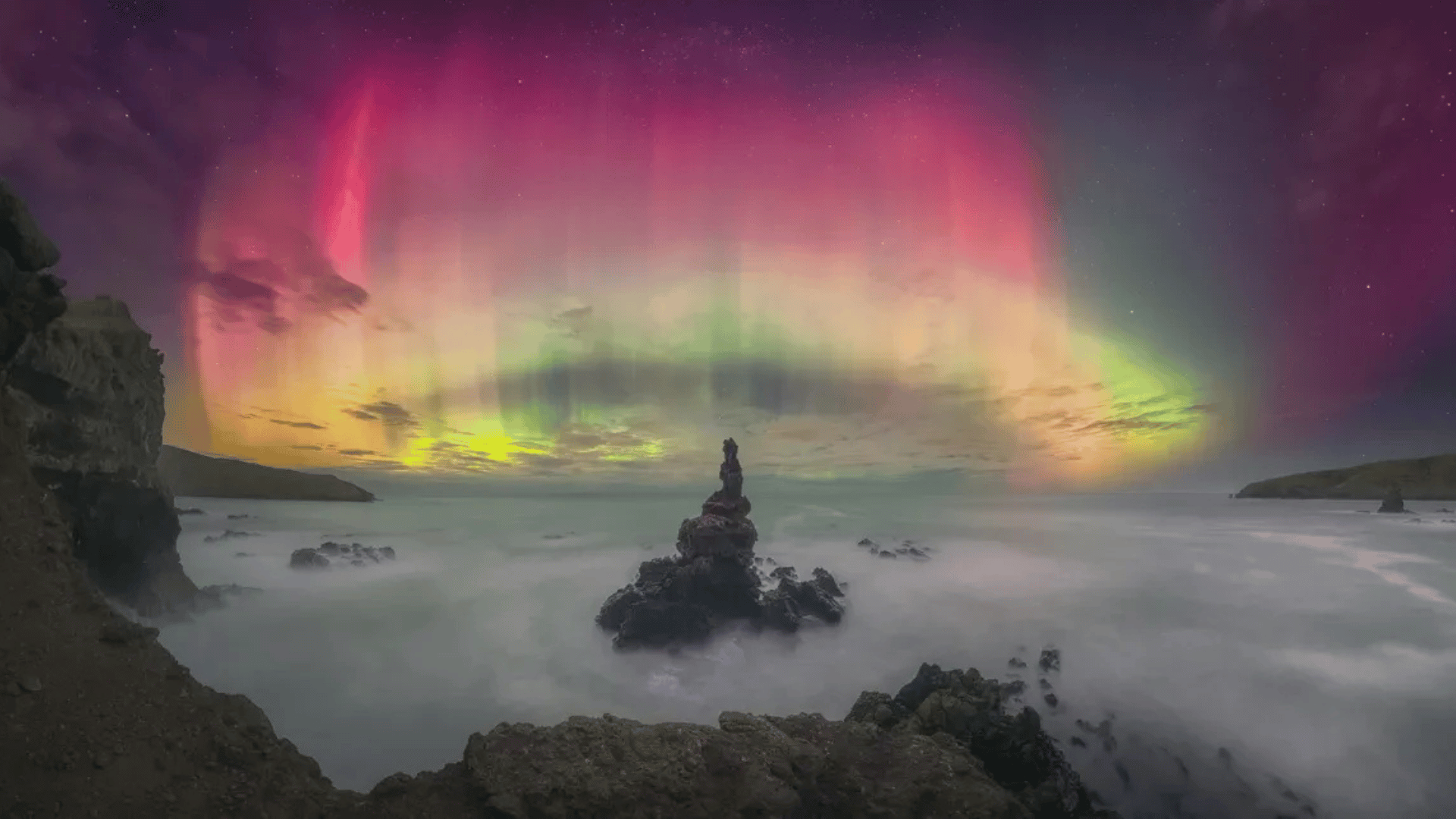
Photographer Kavan Chay captured this photo in Tumbledown Bay, New Zealand, during the biggest geomagnetic storm in 20 years, which hit Earth in May 2024. Chay recorded the shot of the aurora that resulted from the G5-level storm with a Nikon Z 7 astro-modified camera. The image earned top honors in the Aurorae category.
“The aurora pulsed throughout the night, almost like it was alive,” Chay wrote on Instagram. “It was breathtaking to watch and really made all my past week of anxious thoughts quiet. It’s incredible how nature can really help you with these things.”
“Comet 12P/Pons−Brooks Taking a Final Bow”
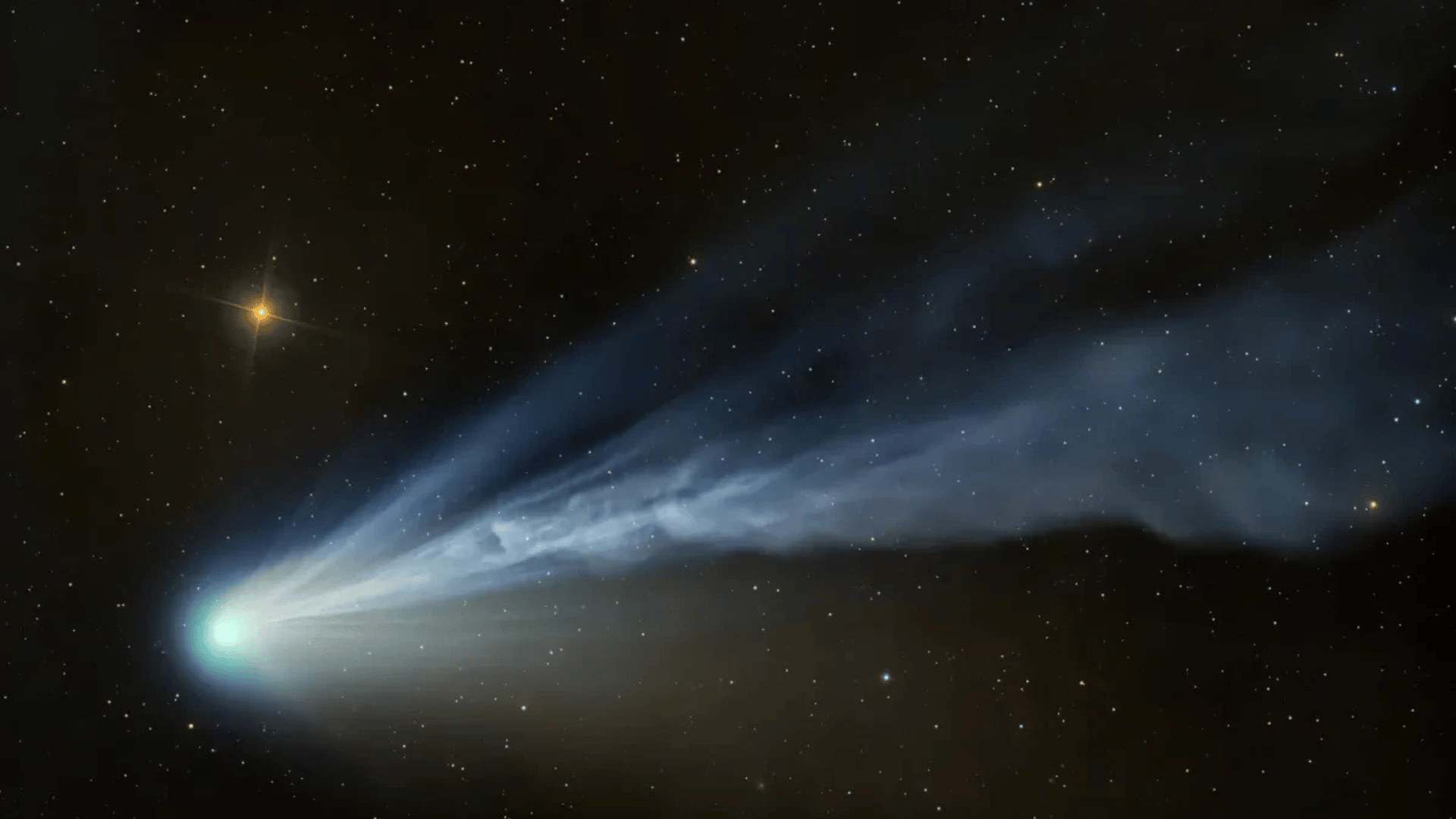
This image captures the reaction of Comet 12P/Pons−Brooks to the solar winds resulting from the solar maximum. This created a series of tail dynamics and colorful hues emitted by the nuclear coma or bright cloud of gas in the center of the comet.
“I processed this image solely using the PixInsight processing platform. Since the comet continued to move against the background starfield it was necessary to separate the comet from the background using the CometAlignment process. This permitted further processing without object blur prior to recombination,” stated the photographer of the winning image, Dan Bartlett.
“The Ridge”
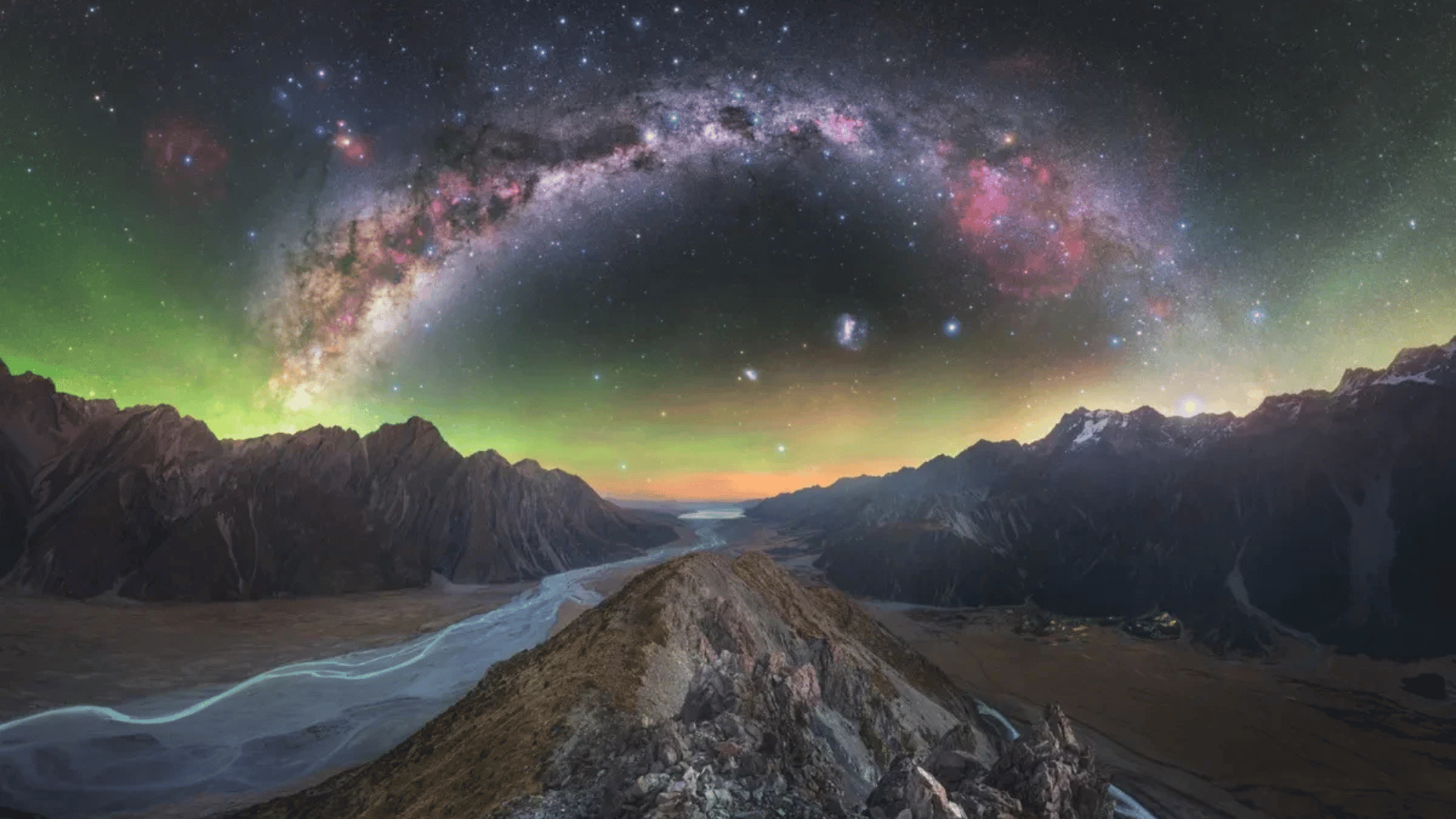
Winner of the Skyscapes category, this photo captures twin glacial rivers with the Milky Way core on the left side and Southern Cross in the center. This was the largest panorama that photographer Tom Rae has ever taken, with the full resolution image containing over one billion pixels from 62 images stitched together.
“There is so much to love in this image. It is absolutely breathtaking. The vibrant colours of the landscape, the night sky and the individual stars are all remarkable. The photographer has captured impressive depth in the Milky Way, including the added hydrogen regions, without overdoing it. I appreciate how the airglow appears to cradle the sky, and the landscape contributes to a very balanced composition. Truly eye-catching and dreamy,” stated Kerry-Ann Lecky Hepburn, competition judge.
“ISS Lunar Flyby”
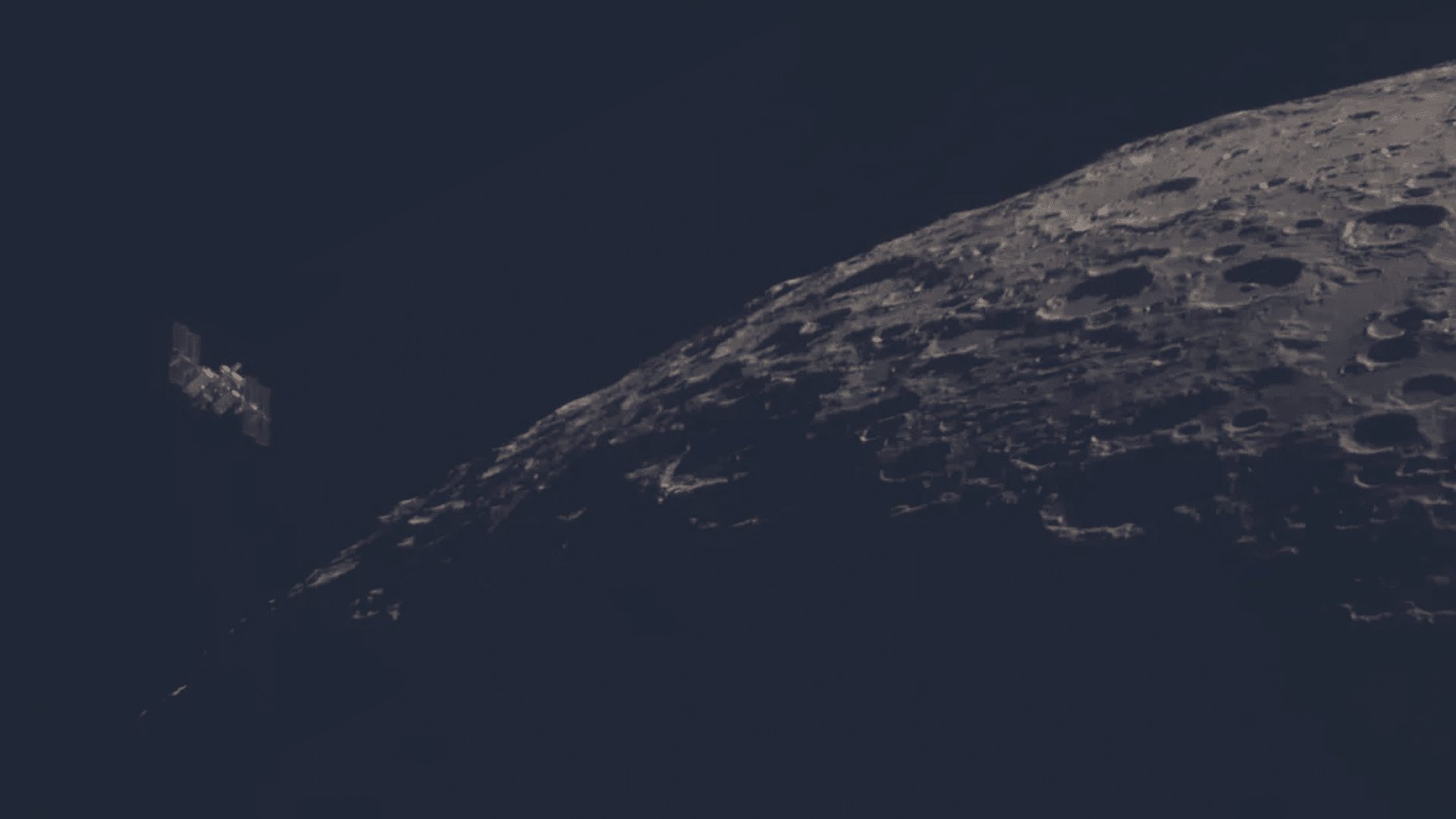
This image, which won the People and Space category, shows the International Space Station closely passing by the Moon. The station’s solar arrays are backlit by the Sun, and the white radiators are illuminated by earthshine.
“It is good to be reminded that people are on board the ISS as it traverses the Moon. Soviet cosmonaut Yuri Gagarin made the first space flight in 1961. I wonder if, today, we’ve become complacent about our presence in space. This image shows us that we are still space explorers and pioneers at the very beginning of our journey. A picture of great hope,” stated Alan Sparrow, competition judge.
“Encounter Across Light Years”
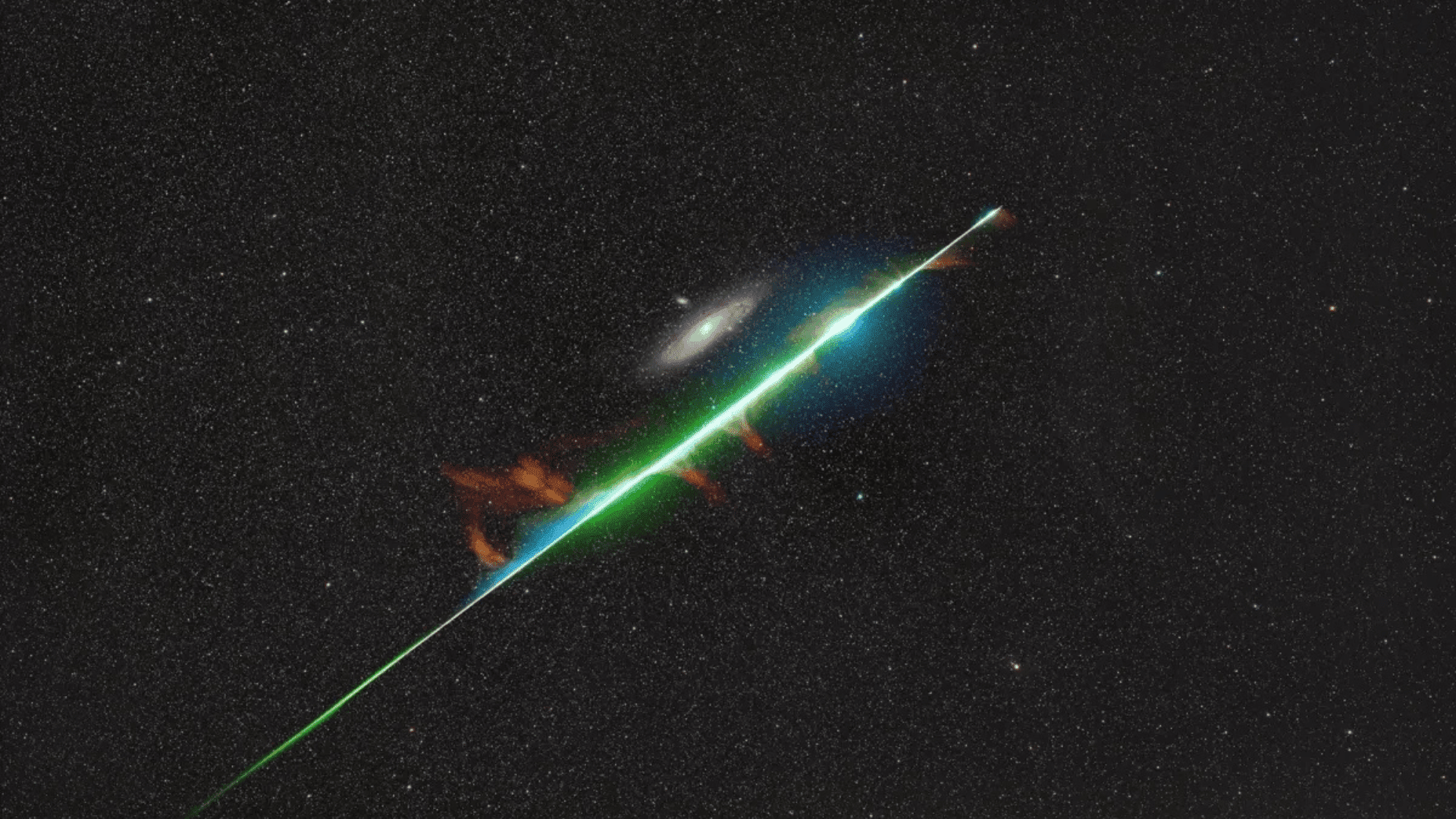
This photo captures the moment when a fireball from the Perseid meteor shower appears to graze M31, the Andromeda Galaxy. The photographers had only planned to capture a close-up of the M31 galaxy.
“Originally, I only wanted to capture a close-up of the M31 galaxy, so I set up my equipment and went to sleep after adjusting the settings. When I retrieved the camera the next morning, I discovered this wonderful surprise,” stated photographers Yurui Gong and Xizhen Ruan.






